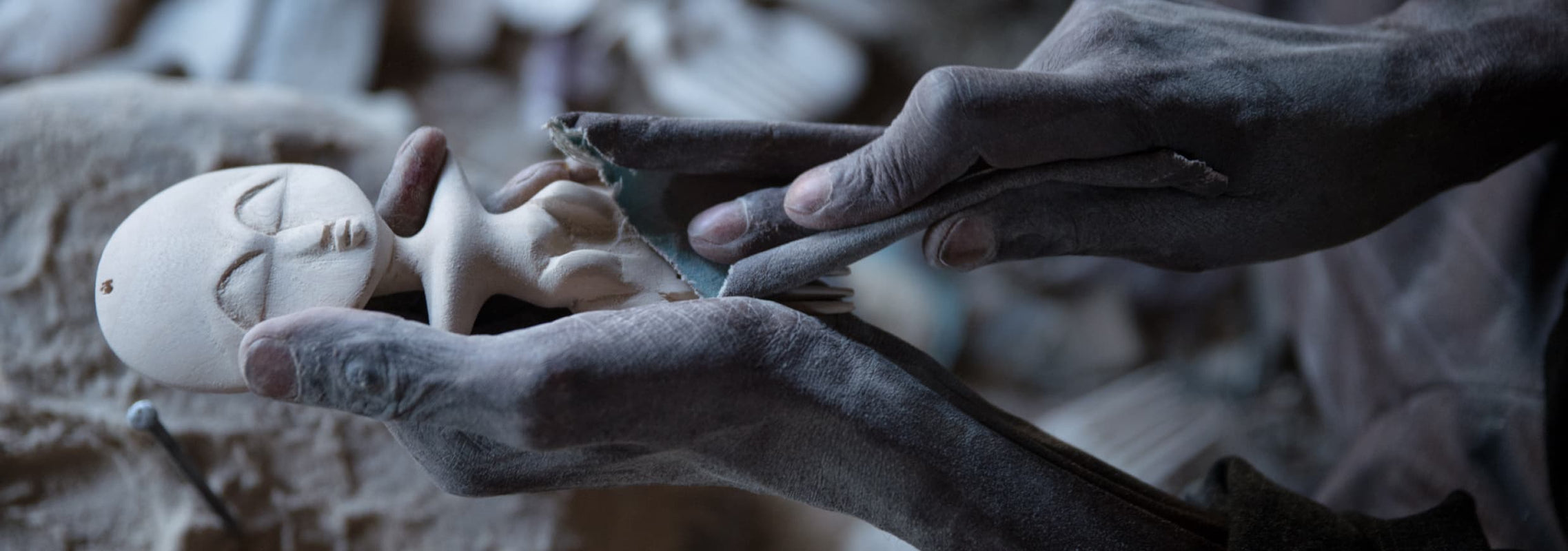Applying the "trash-to-treasure" philosophy to high-end- design
Applying the "trash-to-treasure" philosophy to high-end- design
Client: Luxury brand with a keen interest in sustainable fashion
Services: Research, development, and Sample production
Project
A fashion industry client tasked us with researching recycled materials coming out of Kenyan urban centers, in their quest to become a part of the solution in an industry that is said to be the second biggest polluter after the fossil fuel industry. They also wanted us to develop and prototype new applications of the materials to fashion products, as individual materials or in combination with other materials.
Methodology
After eight years at the forefront of Kenya’s craft sector, we are privy to the sector’s inner workings. This includes its pioneering “turning trash into cash” philosophy, which has parallel recycled materials supply networks comprised of collectors that scour the urban landscape for reusable materials, aggregators who consolidate the waste materials, and resellers who sell them to the artisans. It is not far-fetched to say that the craft sector is an important player in urban waste management. We also master the artisanal and other value-addition processes, and quality and safety tests that make waste materials viable and safe for reuse.
Implementation
Step 1:
Working with the network of recycled materials collectors, aggregators and resellers, including second-hand clothing resellers, we collected and catalogued interesting materials that artisans were already repurposing, and those that could potentially be repurposed and reused. Materials ranged from deconstructed phone charging cords to second-hand denim.
Step 2:
We investigated the technical properties of the materials, including applicability to different products and techniques. We also considered the safety of the materials, based on previous use(s) and original material composition.
Step 3:
We applied the materials to different techniques and product ideas. Starting with one idea in mind, we often ended up with different, far superior concepts.
Step 4:
Through a standardized review of our prototypes, we identified the strongest ideas that would then move into the final phase of this project. Throughout the process, we kept the client apprised of progress through conference calls and reports featuring visual content specifically developed for the client. Visual content is especially powerful for a client who cannot be physically present throughout the process.


